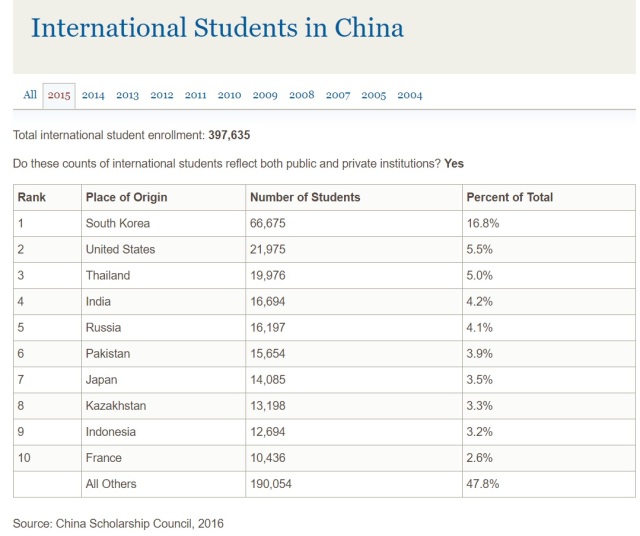
On this Friday, a new round of Fudan University Debate will get under way again. As one of the former debate team instructors, my student sent me the first-round debate’s topic: Are Separate Admission Processes for International Students Fair in China? Coincidentally, when searching for this week’s news to share, I happened to see an article posted on the recent newsletter of University World News for the same subject. Thus, our group gives me an opportunity to share this interesting piece along with the controversial topic for discussion.
Here is the news:
http://www.universityworldnews.com/article.php?story=20170222122830767
After Tsinghua University announced last year that foreign applicants would not have to take a standardized writing test for undergraduate courses, there were lots of concerns about the unfair admissions procedures that students with foreign passports are gaining relatively easy access to the country’s most prestigious institutions. Recently, Tsinghua published the complete new rules for the admission of foreign students which pushed the topic to the forefront again.
The critics argue that higher education in China is becoming a serious social problem. They believe that if other colleges and universities introduce similar rules, it would increase the education injustice and inequality in China. They also worry about the student quality and compare it to the hard process Chinese outstanding students apply for the U.S. top universities.
Another sensitive issue raised in the article is about the generous scholarship offered by the government for foreign students. Even in Fudan, it is the same situation that the percentage of foreign students who can get scholarships is much higher than domestic students. Some local students’ parents argue that why they pay the tax to subsidize foreign students at the end.
But others defended the policy. The purpose of the new policy is to expand the scope of applications and thus make the process more competitive than before. It is necessary because the percentage of international students is an important measure of a university’s global influence.
What is your opinion on this topic? Do you think whether Tsinghua’s decision is wise or not?
What is the education equity? Does the new admission policy and scholarship policy violate the principle of higher education?
Is it really good to have a rapid increase number of foreign students for Chinese universities?
Do other Asian countries have the similar situation or good example to share?
Related posts:
Ambitious drive for foreign students is paying off
http://www.universityworldnews.com/article.php?story=20160916134031945
The number of international student enrollment in China:
http://www.iie.org/Services/Project-Atlas/China/International-Students-In-China#.WLR6dTsrI2w

